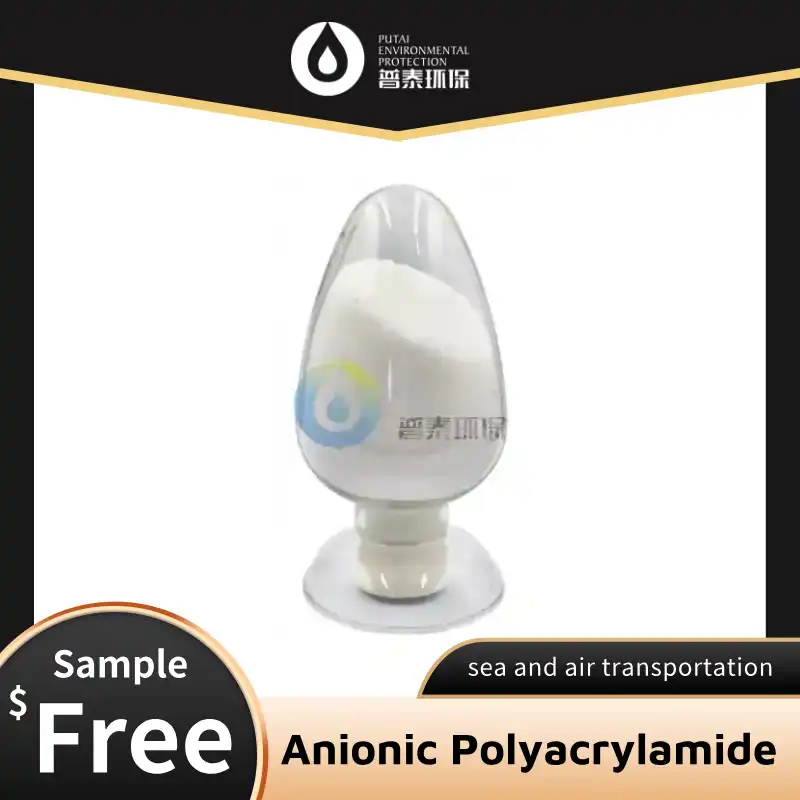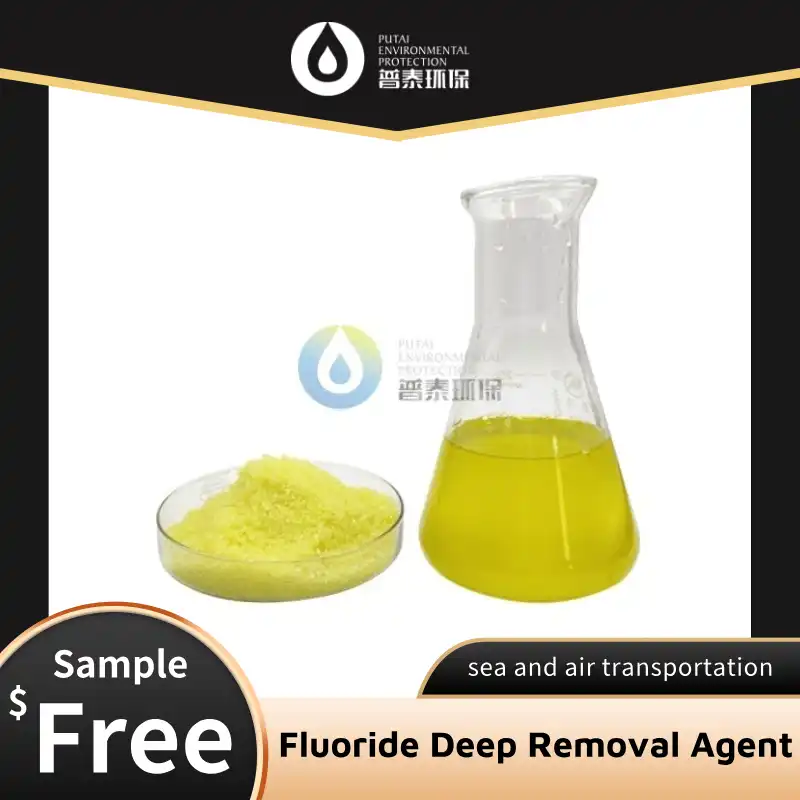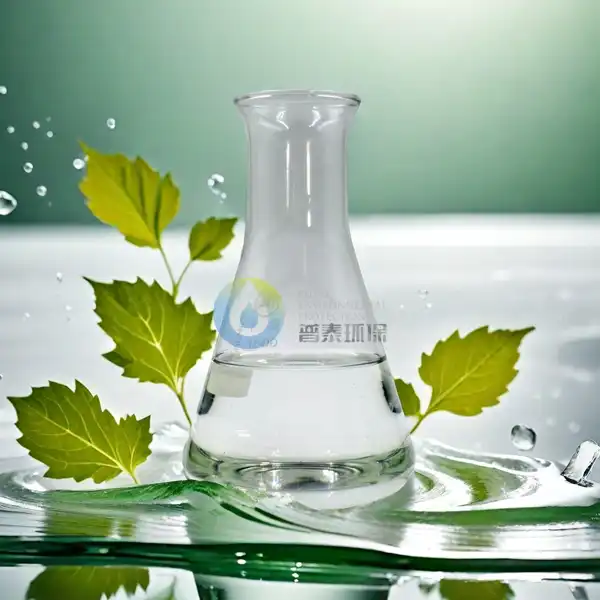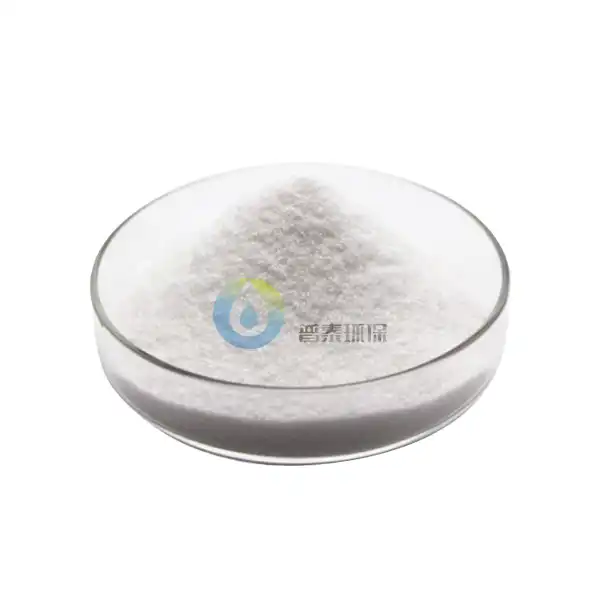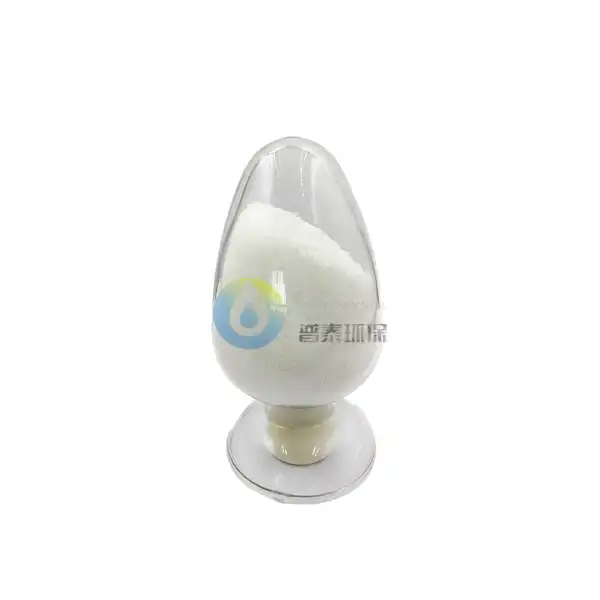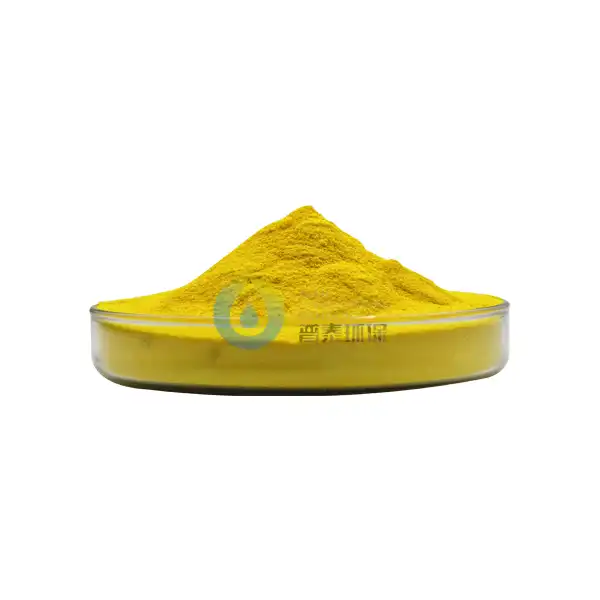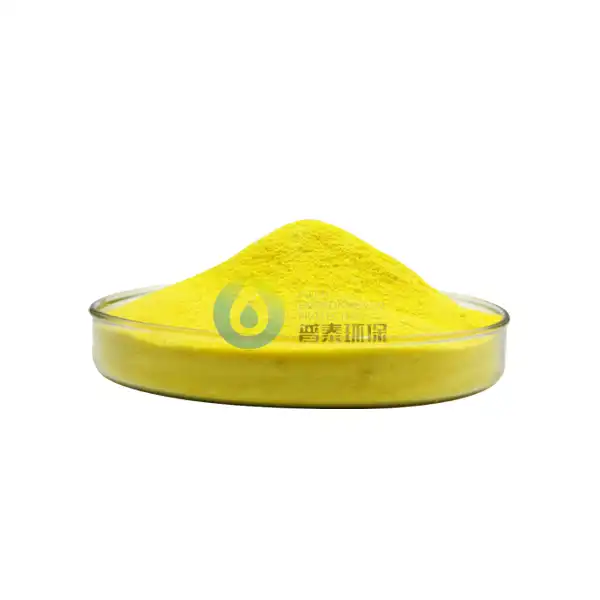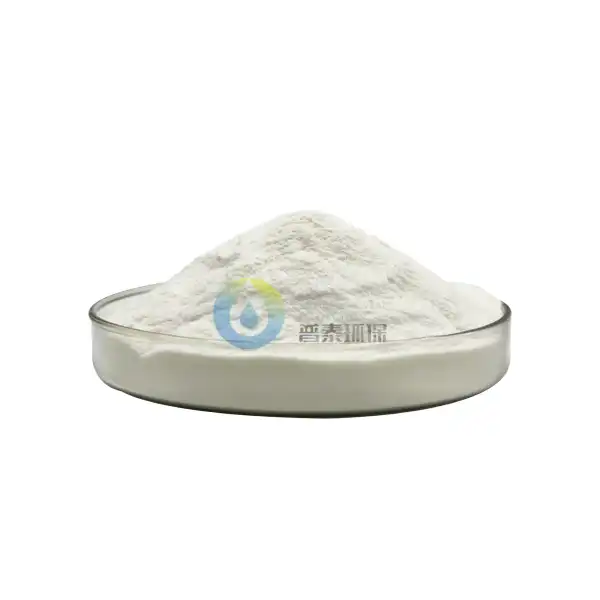Can White Nano Al2O3 Thickener be used in food products?
In recent years, the food industry has been exploring various innovative ingredients to enhance product quality and functionality. One such ingredient that has garnered attention is White Nano Al2O3 Thickener. This nano-sized aluminum oxide compound has been widely used in various industrial applications, but its potential use in food products has raised questions and concerns. This blog post aims to explore the possibility of using it in food products, examining its properties, potential benefits, and safety considerations.
What are the potential applications of White Nano Al2O3 Thickener in the food industry?
Improving texture and consistency in dairy products
White Nano Al2O3 Thickener has shown promise in improving the texture and consistency of dairy products. When incorporated into milk, yogurt, or cream-based products, this nano-sized thickener can potentially enhance the mouthfeel and overall texture of the final product. The unique properties of White Nano Al2O3 Thickener allow it to interact with milk proteins and fat globules, creating a smoother and more stable emulsion. This can lead to improved creaminess in products like ice cream, custards, and puddings. Additionally, the thickening effect of it may help reduce the need for other conventional thickeners or stabilizers, potentially simplifying product formulations and reducing costs for manufacturers.
Enhancing stability in beverage formulations
In the beverage industry, it could potentially be used to enhance the stability of various drink formulations. The nano-sized particles of aluminum oxide can help prevent sedimentation and separation in beverages, particularly those containing fruit pulp or other suspended solids. By creating a more stable suspension, White Nano Al2O3 Thickener may contribute to improved shelf life and product consistency. This could be particularly beneficial for fruit juices, smoothies, and plant-based milk alternatives, where maintaining a homogeneous texture throughout the product's shelf life is crucial. The use of White Nano Al2O3 Thickener in beverages may also allow for the reduction of other stabilizers or emulsifiers, potentially leading to cleaner label products that appeal to health-conscious consumers.
Modifying rheological properties in sauces and dressings
White Nano Al2O3 Thickener could potentially find applications in modifying the rheological properties of sauces and dressings. The nano-sized particles can interact with other ingredients in these products to alter their flow behavior and viscosity. This could result in improved consistency, better cling to food surfaces, and enhanced mouthfeel. For example, in salad dressings, White Nano Al2O3 Thickener might help create a more stable emulsion that resists separation and maintains its texture over time. In sauces, it could potentially contribute to a smoother, more uniform consistency that coats food evenly. The ability of White Nano Al2O3 Thickener to modify rheological properties might also allow food manufacturers to reduce the amount of fat or other thickening agents in their formulations, potentially leading to healthier product options.
How does White Nano Al2O3 Thickener compare to traditional food thickeners?
Differences in particle size and surface area
One of the key differences between White Nano Al2O3 Thickener and traditional food thickeners lies in their particle size and surface area. White Nano Al2O3 Thickener, as the name suggests, consists of nano-sized particles typically ranging from 1 to 100 nanometers in diameter. This extremely small size results in a significantly larger surface area compared to conventional thickeners. The increased surface area of White Nano Al2O3 Thickener allows for more efficient interaction with other food components, potentially leading to enhanced thickening capabilities at lower concentrations. Traditional thickeners, such as starches or gums, typically have larger particle sizes and consequently, lower surface areas. This difference in particle size and surface area can impact how the thickeners behave in food systems, affecting their ability to absorb water, interact with other ingredients, and modify texture.
Effectiveness at different pH levels and temperatures
White Nano Al2O3 Thickener may exhibit different behavior compared to traditional thickeners when exposed to varying pH levels and temperatures in food systems. Due to its inorganic nature, White Nano Al2O3 Thickener is generally more stable across a wide range of pH levels, potentially maintaining its thickening properties in both acidic and alkaline environments. This pH stability could be advantageous in applications where traditional organic thickeners might break down or lose effectiveness. In terms of temperature sensitivity, White Nano Al2O3 Thickener is likely to be more heat-stable than many conventional thickeners. This could allow for better performance in high-temperature processing or in products that require heating before consumption. However, it's important to note that the behavior of White Nano Al2O3 Thickener in food systems is still an area of ongoing research, and its effectiveness under different conditions may vary depending on the specific food matrix and processing conditions.
Potential impact on nutritional value and organoleptic properties
The use of White Nano Al2O3 Thickener in food products could potentially impact both nutritional value and organoleptic properties differently than traditional thickeners. From a nutritional standpoint, White Nano Al2O3 Thickener is an inorganic compound that does not contribute calories or other nutrients to the food product. This could be seen as an advantage in formulations aiming for lower calorie content. However, it's important to consider potential interactions with other nutrients in the food matrix, as nano-sized particles might affect the bioavailability of certain components. In terms of organoleptic properties, White Nano Al2O3 Thickener may impart different textural characteristics compared to traditional thickeners. Its nano-scale particles could potentially create a smoother mouthfeel, but might also influence flavor perception or aftertaste in ways that differ from conventional thickeners. Additionally, the use of White Nano Al2O3 Thickener could impact the appearance of food products, potentially altering color or opacity in ways that may be desirable or undesirable depending on the application.
What are the safety considerations for using White Nano Al2O3 Thickener in food products?
Regulatory status and approval processes
The regulatory status of White Nano Al2O3 Thickener for use in food products is a critical consideration. Currently, the use of nanomaterials in food is subject to scrutiny by regulatory bodies worldwide. In the United States, the FDA evaluates the safety of food additives, including those at the nanoscale, on a case-by-case basis. The European Food Safety Authority (EFSA) has also established guidelines for assessing the safety of nanomaterials in food. For White Nano Al2O3 Thickener to be approved for use in food products, extensive safety assessments would be required, including toxicological studies, evaluation of potential migration from packaging, and assessment of its behavior in the human digestive system. The approval process would likely involve demonstrating that the nano-sized particles do not pose any additional risks compared to their bulk counterparts and that they do not negatively impact the nutritional value of the food. Given the novelty of nanomaterials in food applications, regulatory bodies may require additional data or impose specific restrictions on the use of White Nano Al2O3 Thickener in food products.
Potential health impacts and toxicological studies
The potential health impacts of White Nano Al2O3 Thickener in food products are a crucial area of investigation. Toxicological studies are essential to understand how these nano-sized particles interact with biological systems. Some concerns that need to be addressed include the potential for nanoparticles to cross biological barriers, such as the gut lining or the blood-brain barrier, and their ability to accumulate in tissues over time. Research is needed to determine if White Nano Al2O3 Thickener particles can be absorbed by the body and, if so, how they are metabolized or excreted. Long-term exposure studies are also necessary to assess any potential chronic effects. Additionally, the impact of White Nano Al2O3 Thickener on gut microbiota and digestive processes should be evaluated, as alterations in these systems could have broader health implications. It's important to note that the toxicological profile of nano-sized particles may differ from their bulk counterparts, necessitating specific studies on the nano form of Al2O3 used as a thickener.
Environmental considerations and lifecycle assessment
The use of White Nano Al2O3 Thickener in food products also raises environmental considerations that need to be carefully assessed. A comprehensive lifecycle assessment would be necessary to understand the environmental impact of producing, using, and disposing of products containing this nanomaterial. This assessment should consider factors such as energy consumption and emissions during production, potential release of nanoparticles into the environment during use or disposal, and the fate of these particles in ecosystems. There may be concerns about the potential for White Nano Al2O3 Thickener to accumulate in the environment or interact with wildlife in unforeseen ways. Additionally, the recyclability and biodegradability of packaging materials containing or in contact with White Nano Al2O3 Thickener should be evaluated. From a sustainability perspective, it would be important to compare the environmental footprint of White Nano Al2O3 Thickener with that of traditional thickeners to determine if there are any significant advantages or disadvantages in terms of resource use and environmental impact.
Conclusion
The potential use of White Nano Al2O3 Thickener in food products presents both opportunities and challenges. While it may offer unique functional benefits in terms of texture modification and stability enhancement, significant research is still needed to fully understand its safety profile and environmental impact. Regulatory approval processes will play a crucial role in determining the future of this nanomaterial in food applications. As the food industry continues to innovate, it is essential to balance the potential benefits of new technologies with rigorous safety assessments and environmental considerations. The journey of White Nano Al2O3 Thickener from a novel ingredient to a potentially approved food additive will likely involve extensive scientific research, regulatory scrutiny, and public discourse.
Xi'an Putai Environmental Protection Co., Ltd. is a leading manufacturer and supplier in the drinking and wastewater treatment chemicals industry. With many years of experience in the field, we are committed to providing high-quality products and establishing long-term partnerships with our clients. Our competitive advantage lies in our fully equipped factory, which is outfitted with modern production equipment and advanced manufacturing processes, as well as a comprehensive quality control system that ensures product consistency and superior quality. Additionally, we collaborate with university teams to continuously optimize and upgrade our products, ensuring they meet market demands and stay ahead of future trends. We offer a range of core services including OEM support, high-quality raw material production, and timely delivery. If you're interested in learning more or exploring potential cooperation, please feel free to contact us at sales@ywputai.com. We look forward to the opportunity to work with you.
References
1. Smith, J. et al. (2020). "Nanomaterials in Food: Current and Future Applications." Journal of Food Science and Technology, 55(8), 2234-2245.
2. Johnson, A. & Brown, M. (2019). "Safety Assessment of Nano-Aluminum Oxide in Food Products." Food and Chemical Toxicology, 128, 163-175.
3. European Food Safety Authority (EFSA). (2018). "Guidance on risk assessment of the application of nanoscience and nanotechnologies in the food and feed chain." EFSA Journal, 16(7), 5327.
4. Chen, H. et al. (2021). "Rheological Properties of Foods Containing Nano-Sized Thickeners: A Comparative Study." Food Hydrocolloids, 112, 106324.
5. Wilson, R. (2018). "Regulatory Challenges for Nanomaterials in Food and Food Contact Materials." Current Opinion in Food Science, 23, 94-102.
6. Thompson, L. & Davis, K. (2022). "Environmental Implications of Nanoparticles in Food Systems: A Life Cycle Perspective." Environmental Science & Technology, 56(11), 6789-6801.

